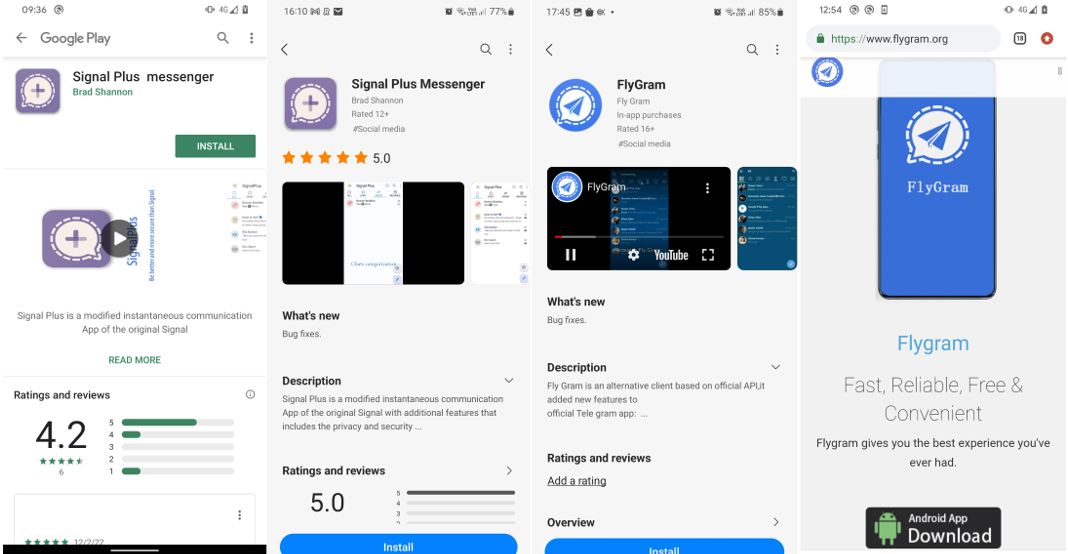RDP brute-force attacks were up again in T2 2021, with 55 billion detections – a 104% increase compared to T1 2021. #ESETreserach also saw a massive surge in #RDP attacks against Spanish entities in August, accounting for a third of global all detections that month. 1/4 

Attackers seem to have a hard time finding new #RDP targets, yet those that are already on their list are hit more aggressively, confirmed by an increase in average daily attacks per unique client, which doubled from 1,392 attempts in T1 2021 to 2,756 in T2 2021. 2/4 

Password guessing was the top external network intrusion vector with 53%, followed by attempts to exploit #ProxyLogon #vulnerabilities (22%) and attempted deployment of NSA backdoor #DoublePulsar (10%). 3/4 

If you’re interested in #EternalBlue #BlueKeep detections or other intrusion vectors, head to the full version of #ESETThreatReport by #ESETresearch: welivesecurity.com/wp-content/upl…
** a typo slipped through in our previous tweet, the correct URL is:
welivesecurity.com/wp-content/upl…
welivesecurity.com/wp-content/upl…
• • •
Missing some Tweet in this thread? You can try to
force a refresh



















